Arcus Wine Brands
Langmeil
Valley Floor Barossa Shiraz 2017
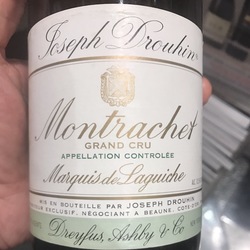


Lucia Vineyards (Pisoni)
Garys' Vineyard Pinot Noir 2012
A wine I’ve enjoyed mostly upon release or near it. I vowed to wait six years and nearly made it. At least it is 2018...just! It’s worth waiting this/that long for it to develop. On the nose; sweetly, baked fruits of; dark cherries, strawberries, black plum, plums, blackberries, and notes of blue fruits. Cinnamon, vanilla, very light clove & nutmeg, caramel, soft, medium, beautiful spice, black fruit tea, limestone minerals, loamy, dry, brown top soil, fresh dark florals and violets. The mouthfeel is full, rich & lush. The tannins are round, still have some teeth and possess velvety round edges. It’s fruit driven but not a bomb and showing elegance & grace. Fruits are perfectly ripe; dark cherries, strawberries, black plum, plums, blackberries, notes of blue fruits and dry cranberries dip in and out. Cinnamon, vanilla, very light clove & nutmeg, caramel, soft, medium beautiful spice that is more pronounced on the palate, black fruit tea, touch of melted brown sugar/molasses, limestone minerals, touch of rich dark sweet turned soil, loamy dry brown top soil, soft understated eucalyptus/mint, dry fresh florals and violets. The round acidity is just right, just a slight very small alcohol burn, the length, structure, tension and beautifully balanced finish are in a very good place. Even better in 2-3 more years in bottle; which is when I’ll have my next one. Photos of; the winemaking duo of Gary Franscioni (left) and Gary Pisoni, Rosella’s Vineyard on the right. As well as, Garys’ Vineyard at the bottom. Producer notes and history...The Santa Lucia Highlands appellation is known for its rich, vibrant Pinot Noirs. However, that wasn’t always the case. The first Pinot was planted in 1973, but results weren’t all that great. Chardonnay was the appellation’s early star. Much of the area’s current fame for Pinot Noir arguably can be traced to Gary Pisoni, a free-spirited wine enthusiast who grew up in a Salinas Valley vegetable farming family. Pisoni decided to plant a few acres of Pinot Noir in 1982 on his family’s horse ranch, at the southern end of what was to become the Santa Lucia Highlands appellation but his horses started eating the grapes. So, they had to go. His initial planting were limited by a lack of water until he dug a well on the property. Pisoni started planting even more Pinot Noir. The vineyard is now around 45 acres and nearly all of it Pinot. By the late 1990s, word had spread about the success of his vineyard, and a number of Pinot specialists from around California had started lining up to buy his grapes. He started producing his own wine in 1998. Pisoni isn’t the only Gary who has become a force in the Santa Lucia Highlands. Gary Franscioni, a childhood friend, followed Pisoni’s lead by planting grapes and started Roar Wines in 2001. The two of them now have five vineyards between them...all farmed meticulously with the same crew. They are best of friends...sort of a Mutt & Jeff. They have become a formidable presence in the Highlands, attracting interest from top winemakers and Pinot Noir lovers from all over. Franscioni is also from a vegetable farming family; Pisoni figures they’ve known each other since they were 3 or 4. Franscioni saw his friend’s success and once he got some money together, decided to plant grapes of his own. Franscioni’s property is farther north and cooler as it’s closer to the Monterey Bay. He was going to plant Chardonnay. He woke up and Franscioni recalls imitating Pisoni, and shouted, “plant Pinot!” Franscioni planted what became Rosella’s Vineyard, named for his wife, in 1996. He took Pisoni’s advice and planted four acres of Pinot Noir, although he still planted 12 acres of Chardonnay. It’s now a total of around 50 acres with three-quarters of it Pinot Noir. The next year, they decided to become partners and planted Garys’ Vineyard, a 50 acre parcel where they grow Pinot and a little Syrah. Since then, Franscioni has developed Sierra Mar, 38 acres of Pinot, Chardonnay, Syrah and a tiny amount of Viognier. The two teamed up again to establish Soberanes Vineyard, 35 acres of mostly Pinot Noir, with a little bit of Chardonnay and Syrah. That last vineyard was developed by Pisoni’s son Mark. The Garys might seem an unlikely pair. Pisoni is colorful character to say the least and has an outspoken manner. Franscioni comes across as more serious- minded. However, the collaboration between the two, who often address each other as “partner,” clearly works well. The two are good on their own, but better together. Pisoni being more gregarious acts as the frontman. He is the Ambassador. He’s a check on the rest to keep the quality high. Franscioni and Mark Pisoni run the farming on their own vineyards and work together on the joint ventures. The family involvement doesn’t stop there. Jeff Pisoni makes his family’s wines, which are under the Pisoni and Lucia brands. Franscioni’s son, Adam, joined the family business in time for the 2011 harvest. He handles sales for Roar and helps his father manage the vineyards. The grapes from all five vineyards are in huge demand, because the two families are such careful farmers, constantly tweaking and improving. Prominent customers include; Testarossa, Siduri, Kosta Browne, Copain and Bernardus. When a new vintner approaches them about buying grapes, the partners examine the winery’s track record and the Winemaker. If they like what they see, the winery is put on a waiting list. There’s not very much movement in their vineyards. When Franscioni planted Sierra Mar, he and Pisoni had 62 wineries waiting to buy fruit. Soberanes was developed with the idea of working with some new winemakers. There was some concern, even among the two families, that quality might suffer as the vineyard operations grew. However, there’s no indication that’s the case. In fact, with each new venture, they build on what they’ve learned in their older vineyards. Eventually, there will be even more vineyards. The Pisonis and Franscionis have purchased a 100 acre cactus farm in the Santa Lucia Highlands. There’s still a lease on the property. So, prickly pear cactus will continue to be grown for five more years. But at some point, the land will be planted with vines. Both families understand the importance of continuing to build for the future. The Garys looking back tell a story of being in the same spot some years ago and looking at a field of broccoli out back. He told Franscioni that the field would look a lot better with Pinot Noir vines. Now that parcel is part of Rosella’s Vineyard, and it’s planted with Pinot. Everybody thought he was crazy...most people usually think that when someone makes a bold decision. He’s a person who has always had vision and creativeness. He also has tremendous passion. Good things only happen when a person possesses all three of these qualities. Their wines are primarily available by mailing list. However, Nepenthe in Big Sur, CA acts as a quasi tasting room for some of their wines. — 7 years ago
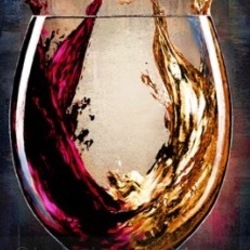
Karl Lawrence
Napa Valley Cabernet Sauvignon 2006
One of the great value Napa brands (from an otherwise expensive valley) that sadly had to close their doors.
With fruit sources like To Kalon, Dr. Crane, Herb Lamb and Morisoli I was amazed how they could turn out wines like this for just $45+
I think there is work behind the scene to bring back the label but until then I guess we'll just have to enjoy these older vintages which can still be found at auctions for reasonable prices.
I miss the good ol' days...!! — 9 years ago
Matsu
"El Picaro" Toro Tempranillo 2019
On the palate this one absolutely shines with blackberry throughout and so many candy, licorice, and liqueur notes that you'll be picking out brands. This one was really lovely in front of a roaring fire. — 4 years ago

Krug
Brut Rosé Champagne Blend
There are certain occasions that call for Krug Rosé. So, HBTM! The bottle was corked in the summer of 2014. It’s a blend of 45 reserve wines with the oldest being from 2007 and the youngest 2002. This is why I think Champagne Makers are some of the most talented people making wine. They are constantly blending up to 100 plus wines to bring that bottle to bottle and year to year branded flavor of consistency. On the nose; red & pink spring flowers, cherries, strawberries, watermelon, black cherry, black raspberries, notes of blood orange citrus, baked bread, soft volcanic mineral and elegant chalkiness. The palate is always ridiculously delicate. Micro bubbles, silky rich texture with beautiful soft acidity. The palate fruits are similar to the nose; rich & ripe cherries, strawberries watermelon, black cherry, black raspberries, notes of blood orange citrus with hints of marmalade. Red & pink spring flowers, baguette crust, soft powdery minerals that give the palate a slight sting and super powdery chalkiness done just right. The finish is beautifully rich, textured, revealing itself in layers and lasts minutes. Photos of; Founder Joseph Krug, House of Krug, Winemaker Eric Lebel, Krug’s Clos du Mesnil, a small plot of 1.85 hectares of Chardonnay...one of the world’s greatest vineyards and their salon tasting room. Producer history & notes...Krug was founded by Joseph Krug in 1853. They are based in Reims, the main city in France’s Champagne region. It is one of the famous Champagne houses that formed part of the Grande Marques. Today the house is majority owned by the multinational conglomerate LVMH, which owns Moët Hennessy, Louis Vuitton S.A. and who’s wine producer portfolio includes other well known wine brands such as; Moët & Chandon, Veuve Clicquot, Château d'Yquem, Ruinart & Cheval Blanc, Dom Perignon and many others. Despite LVMH's majority ownership, the family is still actively involved in all the key decisions of the house but does not manage the day-to-day operations. Joseph Krug was born Johann-Joseph Krug, a butcher’s son, in Mainz, on the Rhine in 1800 when the city was part of the Napoleonic Empire. Having dispensed with the name Johann, he left Mainz in 1824 and in 1834 moved on to Paris. Germans were in demand in France as accountants and bookkeepers. So, Joseph joined Champagne Jacquesson in Châlons-sur-Marne. He spent eight years with Jacquesson. His work took him beyond accountancy. He went around Europe testing the market and assessing criticism from wine sellers and customers. He learned about composition and taste so that by 1840 he already seemed to have been blending Champagne for at least one other house. In 1841, he married Emma-Anne Jaunay. The daughter of a French hotelier based in London’s Leicester Square. The following year their son Paul Krug was born. In 1842 he moved to Reims and following a year later, Krug et Cie was founded with his partner, Hyppolite de Vivès. Joseph was fluent in French, English and German and even spoke some Russian, putting the company in position to exploit key overseas markets. Joseph died in 1866 and was succeeded by his son Paul Krug, who had been trained by his father to takeover. Joseph under the supervision of Paul, Krug was established as a Grande Marque. By the 1880s the prestige of Krug was acknowledged in the United Kingdom and became the primary overseas market for Champagne. In 1866, the House moved into Rue Coquebert, in Reims as it remains. After Paul’s death in 1910, he was succeeded by his son, Joseph Krug II. However, during World War I Joseph II was taken prisoner and his wife Jeanne played a key role in the House at a time when the Western Front divided the region between the Allies and the Germans. After the war, Joseph II’s slow recovery led to his nephew Jean Seydoux becoming joint manager in 1924. In that decade, the Krug 1926 and 1928 vintages were created, which have been considered by critics to be amongst the greatest Champagnes. Lawyer and wine writer Maurice Healey declared “Krug” the king of all Champagnes. Further, “that the 1928 Krug was the best wine made in the present century.” By the mid-1930s, Paul Krug II, the son of Joseph II, was active in the business and would become head of the House from 1959 to 1977. His father died in 1967, by which time he was, according to Patrick Forbes, “one of the most popular and respected figures in the Champagne district.” In 1962 Henri Krug, the son of Paul II, joined the management, as did his brother Remi three years later. Their arrival was followed by a series of innovations, including extensions in the range of Champagnes. In 1979, for the first time, a graduate winemaker joined the House. In January 1999, the House became part of LVMH and by 2007, the brothers, while remaining on the tasting committee, had stepped down from day-to-day responsibilities. In 2009 Olivier Krug, the son of Henri, became House Director. At harvest, Krug grapes are pressed close to their plots with the first juice kept for 24 hours in a vat prepared for the fermentation stage. The pressing from each plot is vinified separately. A pressing contains 4,000 kilos of grapes and yields 20.5 hectolitres of first juice (cuvée), which is poured into twelve oak casks chosen at random. Once fermentation is complete, the eleventh and twelfth casks are used to top up the other ten casks in order to protect the new wines from oxidation. For fifteen days, each cask is topped up with wine from the same plot. Krug uses small 205 liter oak casks tailor-made from trees that are more than two centuries old in the forests of Hautes Futaies in Central France. The average age of Krug oak casks is 20 years. They are retired after approximately 40 years of use. The wines remain in the casks for several weeks. During this period, clarification occurs naturally from the cool temperature of the cellar given the coming winter, as does a micro-oxygenation process from the use of natural containers, making the wine more resistant to oxygen over time. Finally, between December and January, the wine is drawn off into small stainless-steel vats. From here, depending on the decisions of Krug’s tasting committee, the wines will either contribute to that year’s assemblage or be stored in steel vats in the House’s library of 150 reserve wines to be used in the blend of a future Krug Grande Cuvée and or Krug Rosé. — 7 years ago


TOR Kenward Family Wines
Beckstoffer To Kalon Vineyard Cabernet Sauvignon 2012
2012 TOR Beckstoffer To Kalon Vineyard Oakville Cabernet Sauvignon
Winemaker-@Jeff Ames
Owner- @Tor Kenward
Pop N Pour
Robert Parker scored it 96 points in 2014;
seems right after a few years of cellar aging.
Classic Oakville To Kalon dark fruits, deep concentration, lots of glycerin, almost black in the glass, classic loamy dirt aromatics, first taste is total satisfaction! Keeps getting better with each sip, opening up nicely with time & more oxidation. Kudos to Tor Kenward & Jeff Ames on this effort! I look forward to the 2015
version of this wine upon release in the future.
On this day 6/16/2017 Fred & Carol Schrader sold Schrader Cellars to Constellation Brands; it's only fitting to enjoy a To Kalon Cabernet Sauvignon!
Cheers! 🍇🍷👍
— 8 years ago
La Cappuccina
Soave Garganega 2015
This is just a nice wine. I liked it and would like to try some other brands with this varietal. — 9 years ago
Mollydooker Wines
Blue Eyed Boy Shiraz 2015
One of my favorite red wine brands from Australia. Rich and full bodied. Expensive but worth it. — 4 years ago
Crafted Brands
Square, Plumb & Level Libra Vineyard Pinot Noir 2018
A stunningly great Pacific NorthWest Pinot Noir! Incredible on the nose with a hearty, earthy presentation that flows into a full bodied but light on the palette tart red fruit forward sipper. Time to grab more of this!! — 4 years ago
Bergström Wines
Arcus Vineyard Pinot Noir 2002
Nearing the end of my cellar collection for this bad boy. Open one about every 6 - 9 months and they just keep delivering. This one had some caramel notes that snuck in to give texture to a still bold fruit delivery. Been a classic. — 6 years ago
Benjamin Leroux
Bourgogne Pinot Noir 2015
Fresh and cherry-delicious Wasserman/Favorite Brands Leroux import. The 2015s are reminiscent of the 2010s and 2005s... nicely fruit-forward. — 8 years ago
Tselepos
Amalia Brut Methode Traditionelle Mantinia Moschofilero
Sparkling wine - agiorgitiko. Vivino knows this wine.
http://www.tselepos.gr/greek-wine-brands/sparkling-amalia-rose.html — 8 years ago
Seghesio Family Vineyards
Monte Rosso Zinfandel 2014
Last vintage of monte rosso for seghesio and it's a phenomenal one. Biale isn't getting it after 2016. Gallo will be using it for louis martini and its other premium brands (hint hint orin swift now). Love this vineyard and sad to see these awesome zin producers lose out on it but looking forward to what gallo does with it. Love these seghesio 14s. — 8 years ago
Henri Bardouin
HB Pastis Liqueur
Old school Pastis, less sweet than commercial brands. Milky-white, a very little yellow. Anise intensively throughout. — 8 years ago
Ken Wright Cellars
Arcus Vineyard Pinot Noir 1999
Tom Miller 1999 KWC horizontal tasting. #2 in 2nd flight. Rich with sassafras aroma s. almost amoro. Didn't get a pix of the label. — 8 years ago
Doyard
Cuvée Vendémiaire 1er Cru Brut Champagne Blend
If you like Moët or Vueve, you will love this. Great value bc it's like $15 less than commercial brands. — 9 years ago




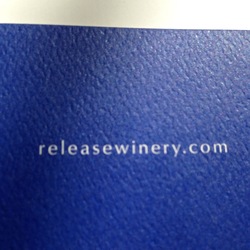
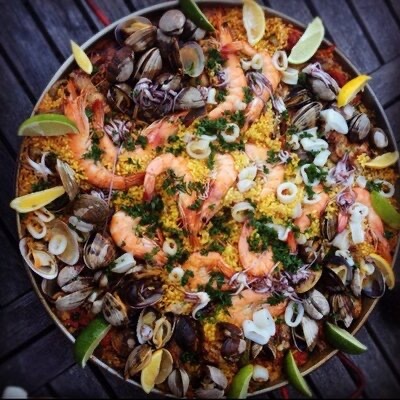

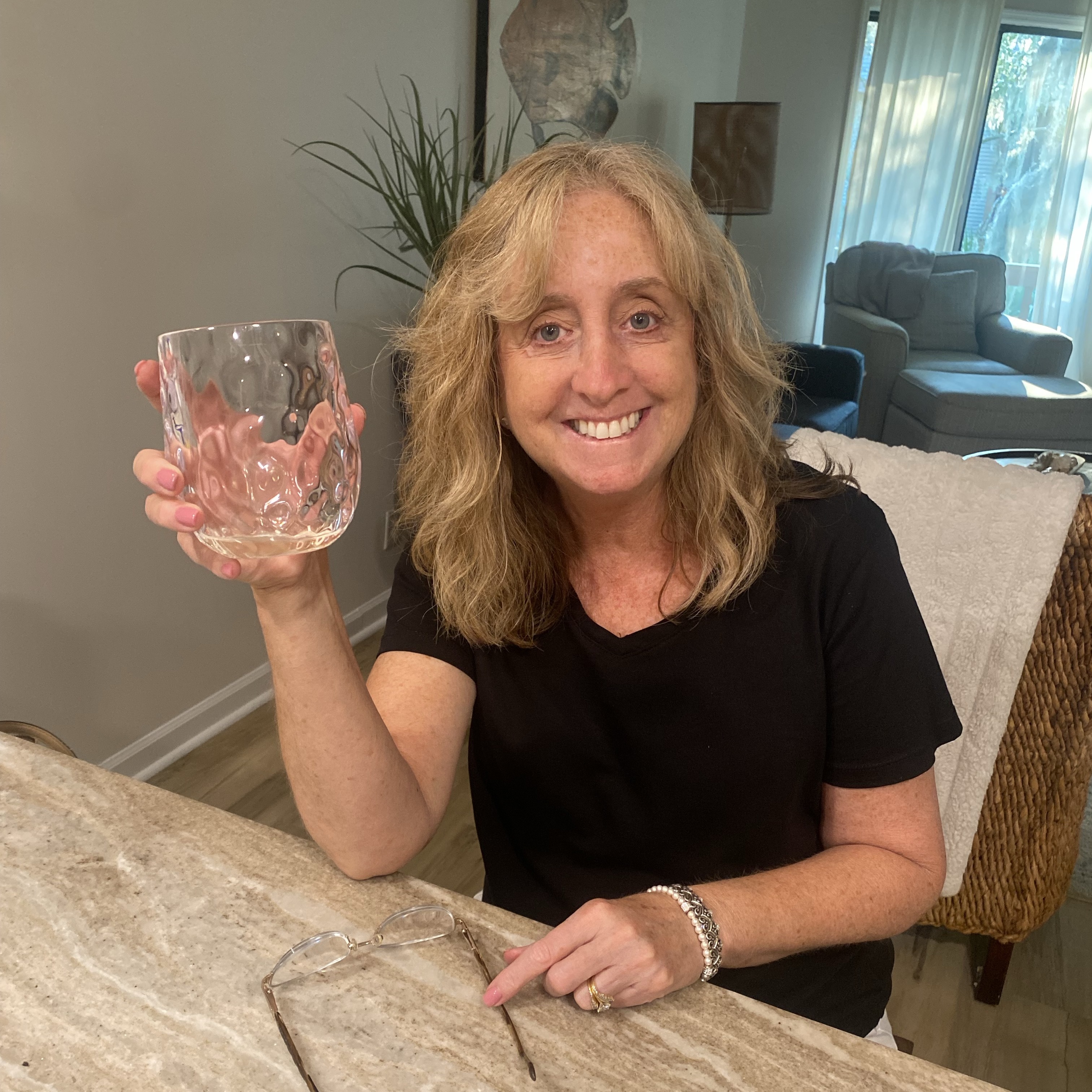





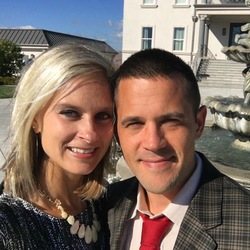
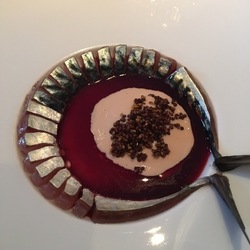
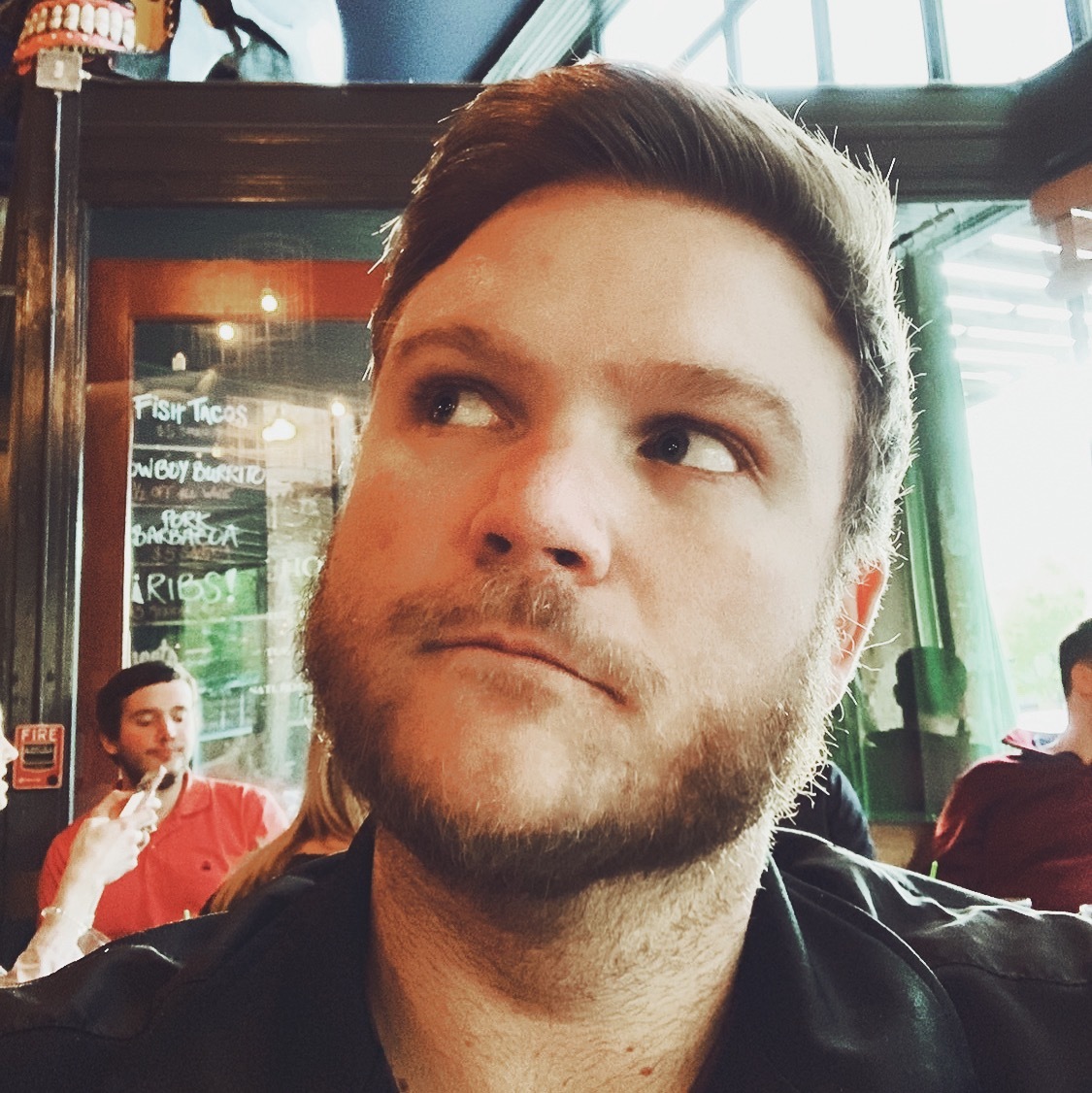

Andrew Belzer
Earth, mulled strawberries, bing cherries, sarsaparilla root, Big and rich with chewy tannins and soft acid. — 2 years ago